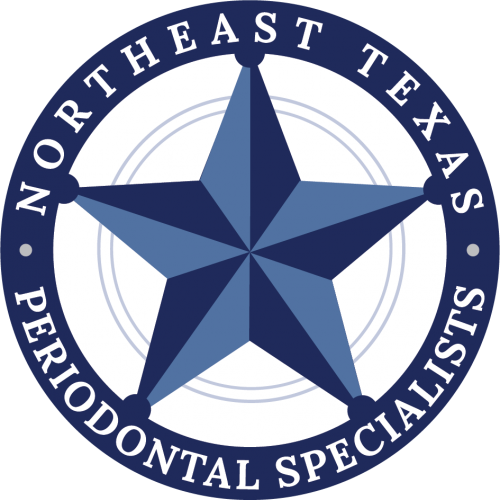A tissue graft is a surgical procedure in which a piece of tissue is removed from one part of the mouth and transplanted to another part to help repair damaged or diseased tissue. Connective tissue grafts, also known as free flap grafts, involve the transplantation of a section of gum tissue, muscle, bone, or other tissue from one area of the body to another, often to reconstruct tissue that has been lost due to injury or infection. While tissue grafts can be effective in restoring function and appearance to damaged tissue, they can also be a painful and challenging process.
The pain associated with a connective tissue graft can be significant, and can last for several weeks or even months. The graft site may be swollen, tender, and painful, and patients may experience a burning or stinging sensation at the site of the graft. Pain medication, such as opioids or non-steroidal anti-inflammatory drugs (NSAIDs), is often prescribed to help manage the pain.
In addition to the pain associated with the graft site, patients may also experience pain at the donor site, where the tissue was removed. The amount of pain at the donor site can vary depending on the size of the graft and the location of the tissue removal.
For example, tissue taken from the roof of the mouth may cause more pain than tissue taken from the adjacent gum line.
The healing process following a tissue graft can also be challenging and painful. Patients may need to keep the affected area immobilized and avoid certain activities for a period of time to allow the graft to heal properly. The graft site may need to be covered with a dressing or bandage, and patients may need to change the dressing frequently to keep the area clean and prevent infection. In some cases, patients may need to undergo additional surgeries or treatments to ensure that the graft is successful.
While the pain associated with a connective tissue graft can be significant, there are strategies that can be used to help manage the pain and discomfort. Pain medication can be effective in reducing pain and discomfort, but it is important to use these medications as directed and under the guidance of a healthcare provider.
It is important for patients to closely follow the instructions of their healthcare provider during the healing process to ensure that the graft heals properly and to minimize the risk of complications such as infection or rejection of the graft. Patients should also report any unusual symptoms or signs of infection to their healthcare provider immediately.
In conclusion, connective tissue grafts can be a painful and challenging process. Patients may experience pain and discomfort at the graft site and donor site, and the healing process can be lengthy and require significant care and attention. However, with proper pain management and close monitoring by a healthcare provider, patients can successfully undergo a tissue graft and regain function and appearance to damaged tissue.

